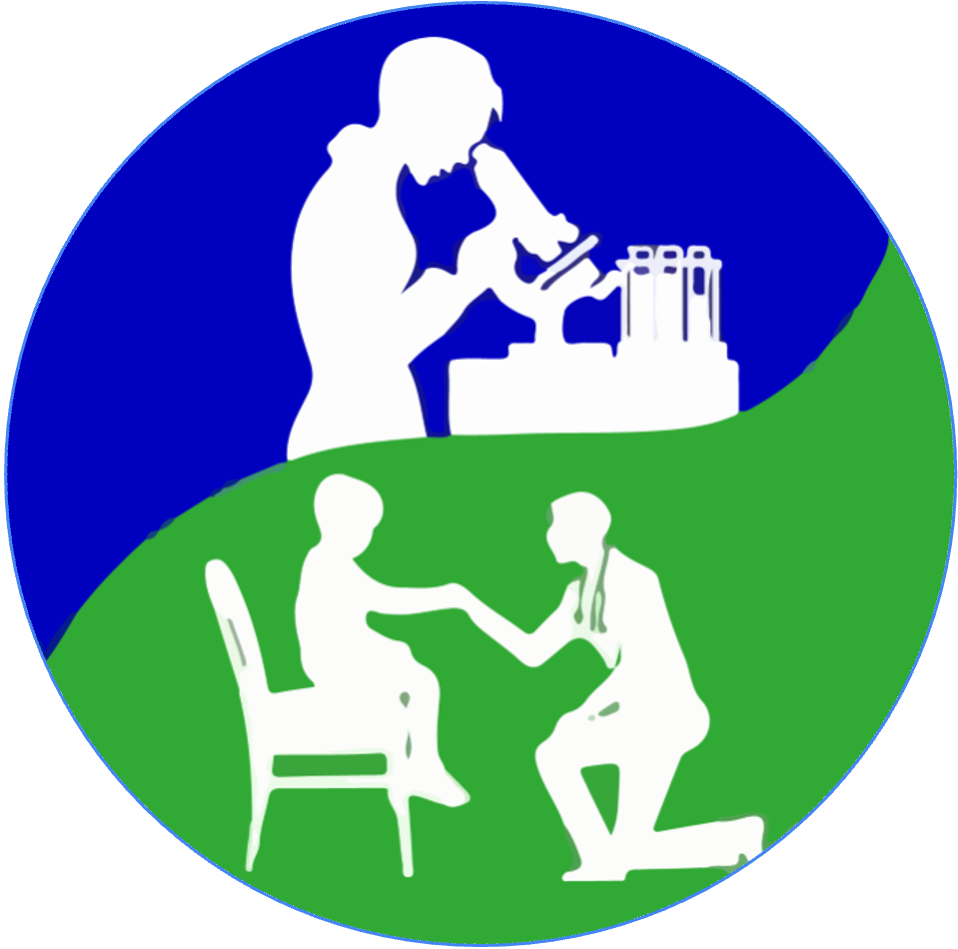Tools to assist with a diagnosis of Snyder-Robinson Syndrome (SRS)
Given the availability to perform sequencing, several new variants in the Spermine Synthase gene (SMS) have recently emerged. Unfortunately, an SMS enzyme assay is not available at this time, however, you may wish to consider the following steps to help determine the clinical significance in a patient with a variant of unknown significance (VUS).
Compare the VUS in question to the information in the gnomAD database. If the variant is novel (not listed), please consider conducting the EpiSign screen of the patient. If the variant is listed, please look closely at the prevalence: is it extremely rare? If so, has it only been observed in females? If yes, one should consider conducting the EpiSign screen. If one still has questions, please contact Charles Schwartz, PhD.
Evaluate the epigenetic signature from DNA of a patient with an SMS VUS to determine whether the signature is consistent with the pattern observed in patients with Snyder-Robinson Syndrome. This can be performed at the Greenwood Genetic Center.
Evaluate X-inactivation (XI) for female patients. Evaluate X-inactivation pattern using blood and fibroblasts as the ratios are not always the same in these tissues and the latter may better reflect the phenotype. It is preferable to analyze the SMS locus directly using RNA sequencing to determine the ratio of normal to mutation transcripts. This analysis would be expected to be more accurate than using XI at the androgen receptor (AR) locus, as it would require an assumption as to which allele is inactive. The RNA data at the SMS locus would be definitive if the mutation is in the coding region. If the variant is at a splice site, please contact Charles Schwartz, PhD.
Polyamine ratios. If there is an interest in obtaining spermidine:spermine ratios on a research basis, please contact us. This can be arranged through a collaborating research laboratory. However, results can only be reported as research because the collaborative laboratory is neither CLIA nor CAP certified. Furthermore, cell lines (lymphoblasts or fibroblasts) would need to be established in advance, as the laboratory is not able to generate cell lines.
To request a review of clinical information and patient photos, please contact us at info@snyder-robinson.org.
For additional phenotype information, please visit Gene Reviews.
For additional clinical information, please visit our Medical Management of SRS Reference.
For molecular genetic questions, please contact Charles Schwartz, PhD at charles.schwartz224@gmail.com.
For clinical management, please contact Mary Jo Kutler, DO at maryjo.kutler@snyder-robinson.org.

